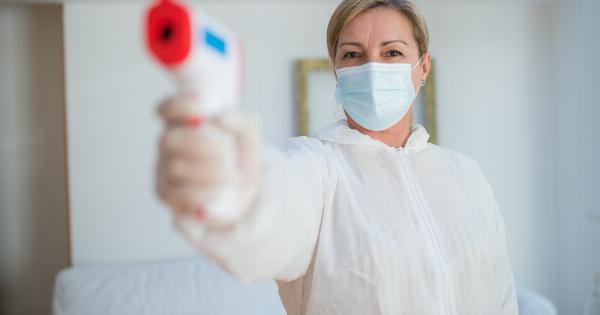When it comes to sexually transmitted infections (STIs), warts are a common concern for many individuals and their partners.
These small, flesh-colored growths caused by the human papillomavirus (HPV) can be both physically and emotionally challenging to manage. However, with proper understanding, communication, and the right steps, couples can navigate this issue together and maintain a healthy and fulfilling sexual relationship.
1. Understanding HPV and Warts
Human papillomavirus (HPV) is a highly contagious STI that can be transmitted through vaginal, anal, or oral sex. Warts are one of the many manifestations of HPV.
It’s important to remember that warts can appear on both the genital area and other parts of the body, such as the hands and feet.
2. Open and Honest Communication
Discussing sexual health is vital for any couple, especially when dealing with an STI. Openly sharing information about HPV and warts can help alleviate anxieties and foster trust between partners.
Create an environment where both individuals feel comfortable expressing their concerns and asking questions.
3. Seek Professional Medical Advice
If you or your partner suspect you have genital warts, it’s crucial to seek medical guidance. A healthcare professional will properly diagnose the condition and discuss treatment options.
Remember, self-diagnosis and treatment can lead to complications and may not effectively eliminate the warts.
4. Treatment Options for Warts
There are various treatment options available for managing genital warts. The course of treatment will depend on factors such as the location, size, and number of warts. Some common methods include:.
- Creams or ointments containing medication to eliminate warts
- Cryotherapy: Freezing the warts with liquid nitrogen
- Electrocautery: Burning the warts off with an electric current
- Surgical removal: Cutting out the warts
Discuss with your healthcare provider and choose the most appropriate option for your situation.
5. Safe Sexual Practices
During treatment and after clearance of warts, it is important to practice safe sex to minimize the risk of transmission.
Keep in mind that even with the absence of visible warts, the virus can still be present in the body and potentially spread to others. Use barrier methods, such as condoms or dental dams, to reduce the risk of transmission.
6. Regular Screening and Monitoring
Regular check-ups and screenings are crucial when managing warts and HPV. Routine monitoring allows healthcare providers to detect any recurrence or potential complications.
Additionally, it enables the couple to promptly address any new developments or concerns.
7. Emotional Support
Living with an STI can generate emotional distress for both partners. It is essential to provide emotional support to each other during this time. Feelings of shame, guilt, or anxiety are common but can be overcome together.
If required, seek guidance from mental health professionals who specialize in sexual health or relationship counseling.
8. Stay Informed
Continue educating yourselves about HPV and warts to stay informed about any new developments in treatment or prevention. Stay updated with medical advancements and guidelines to enhance your ability to manage the condition effectively.
As a couple, attend relevant workshops or support groups to connect with others who may be facing similar challenges.
9. Vaccination
Considering the availability of HPV vaccines, discuss with your healthcare provider whether vaccination is appropriate for you and your partner.
Vaccination can help protect against the high-risk HPV strains that can cause genital warts and certain types of cancer.
10. Relationship Intimacy and Understanding
Remember that managing warts does not mean the end of physical intimacy in a relationship. Focus on other aspects of intimacy such as emotional connection, non-sexual physical touch, and open communication to maintain a fulfilling relationship.
Support each other and adapt to new ways of expressing affection and closeness.
Managing warts and sexual relationships requires a collaborative effort between both partners.
By understanding the condition, seeking professional help, practicing safe sex, and providing emotional support, couples can successfully navigate through this experience together. Remember, with the right resources and mindset, a healthy and fulfilling sexual relationship can be maintained, even in the presence of warts.




























